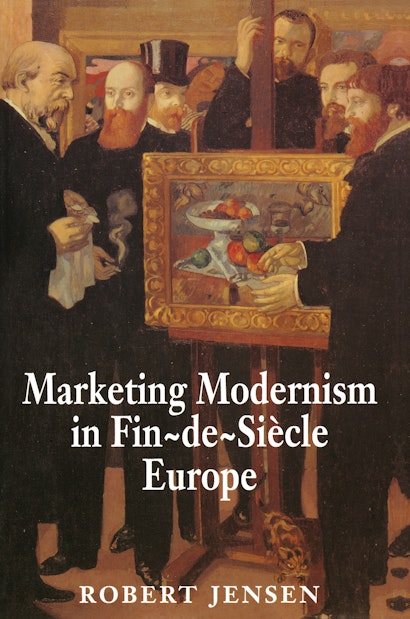Marketing Modernism in Fin-de-Siècle Europe


Paperback
- Price:
- $75.00/£60.00
- ISBN:
- Published:
- Jan 12, 1997
- Copyright:
- 1994
- Pages:
- 376
- Size:
- 6 x 9.25 in.
- Main_subject:
- Art & Architecture
ebook
In this fundamental rethinking of the rise of modernism from its beginnings in the Impressionist movement, Robert Jensen reveals that market discourses were pervasive in the ideological defense of modernism from its very inception and that the avant-garde actually thrived on the commercial appeal of anti-commercialism at the turn of the century. The commercial success of modernism, he argues, depended greatly on possession of historical legitimacy. The very development of modern art was inseparable from the commercialism many of its proponents sought to transcend. Here Jensen explores the economic, aesthetic, institutional, and ideological factors that led to its dominance in the international art world by the early 1900s. He emphasizes the role of the emerging dealer/gallery market and of modernist art historiographies in evaluating modern art and legitimizing it through the formation of a canon of modernist masters.
In describing the canon-building of modern dealerships, Jensen considers the new “ideological dealer” and explores the commercial construction of artistic identity through such rhetorical concepts as temperament and “independent art” and through such institutional structures as the retrospective. His inquiries into the fate of the juste milieu, a group of dissidents who saw themselves as “true heirs” of Impressionism, and his look at a new form of art history emerging in Germany further expose a linear, dealer- oriented history of modernist art constructed by or through the modernists themselves.